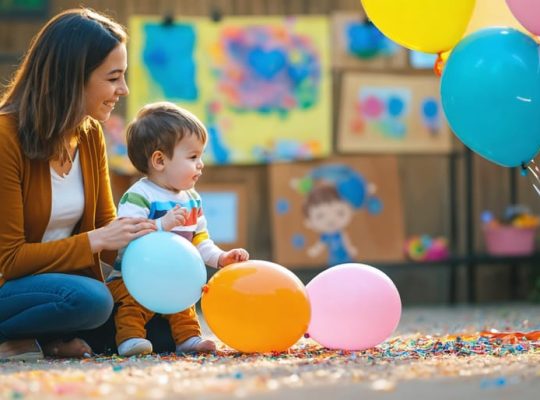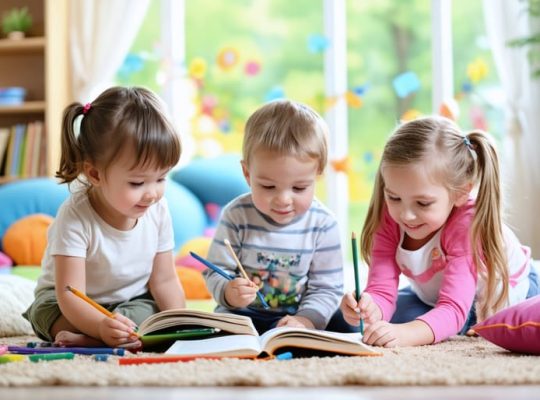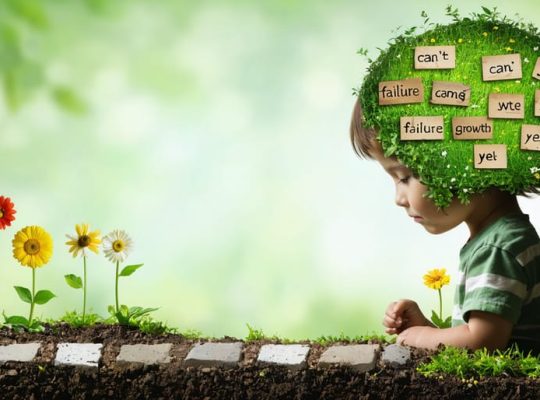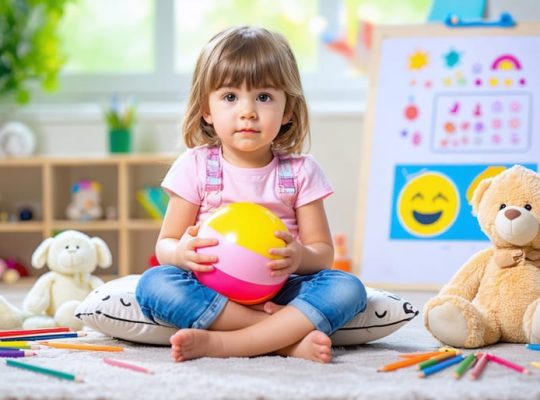Help Your 8-Year-Old Build Emotional Strength (Simple Strategies That Work)
Teaching our children essential coping skills at age eight builds the foundation for lifelong emotional resilience. At this pivotal age, children face new academic challenges, evolving friendships, and complex emotions they’re just beginning to understand. While every child develops differently, most eight-year-olds are ready to learn practical strategies for managing stress, anxiety, and daily frustrations. Through age-appropriate techniques like deep breathing exercises, creative expression through art, and simple mindfulness …










